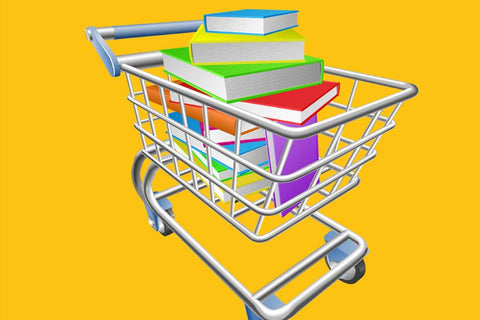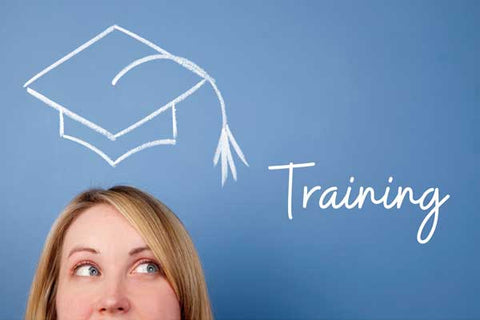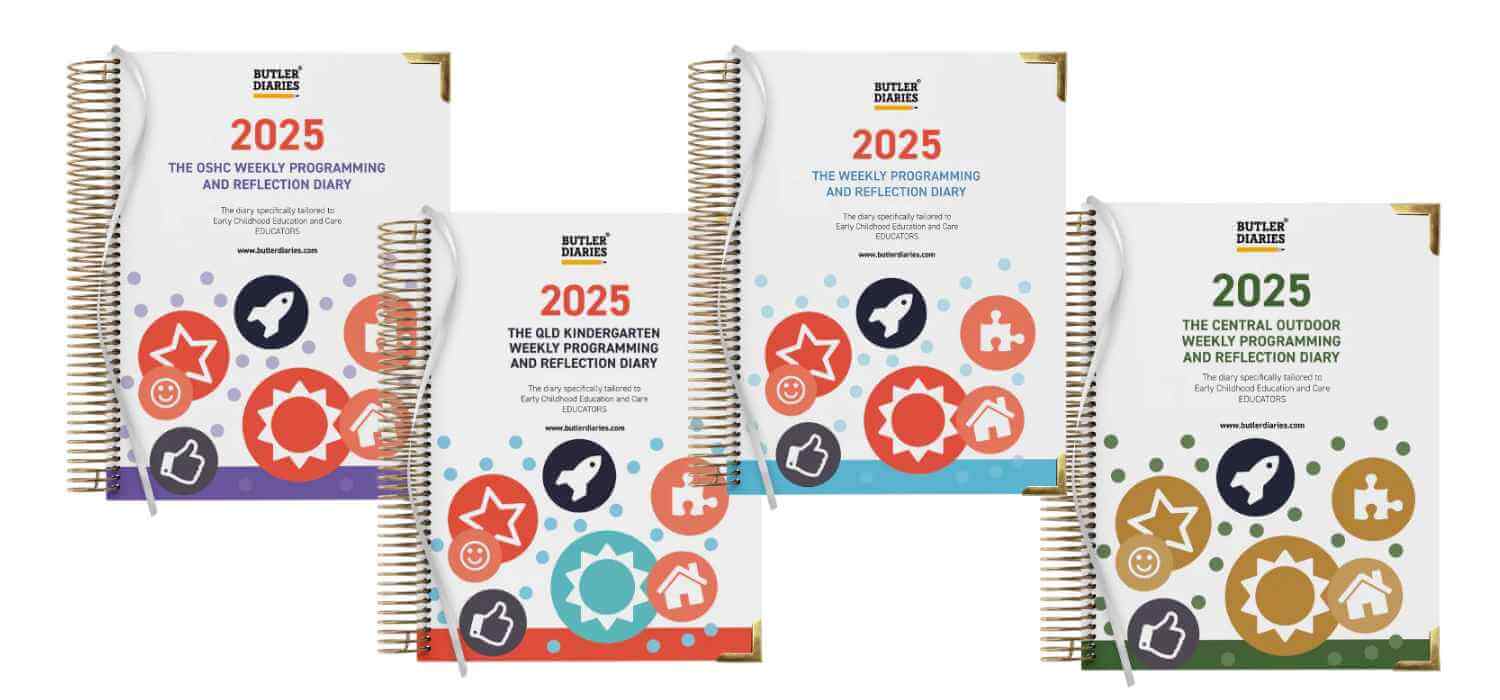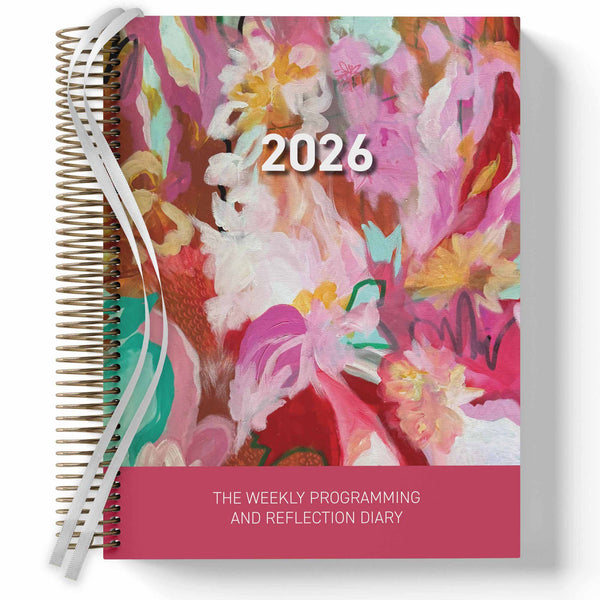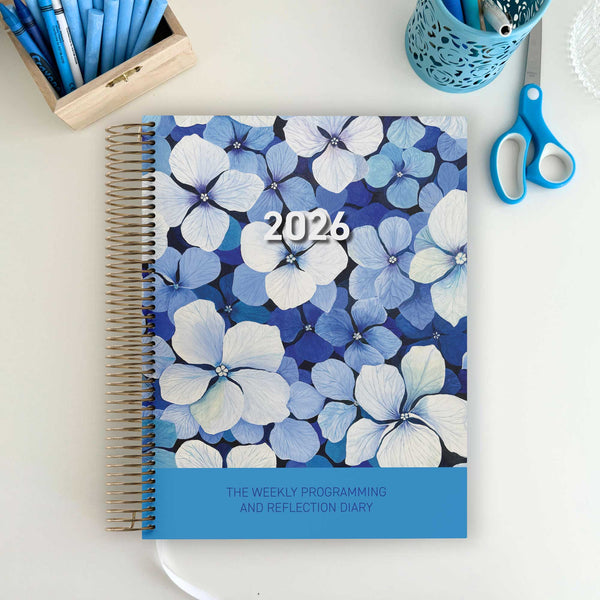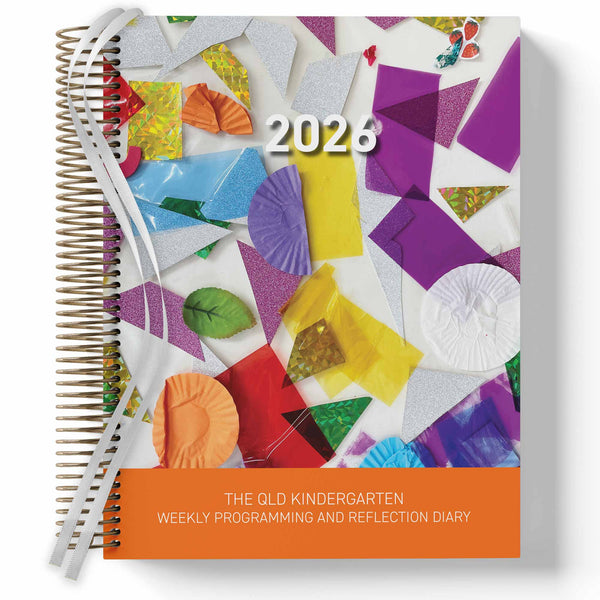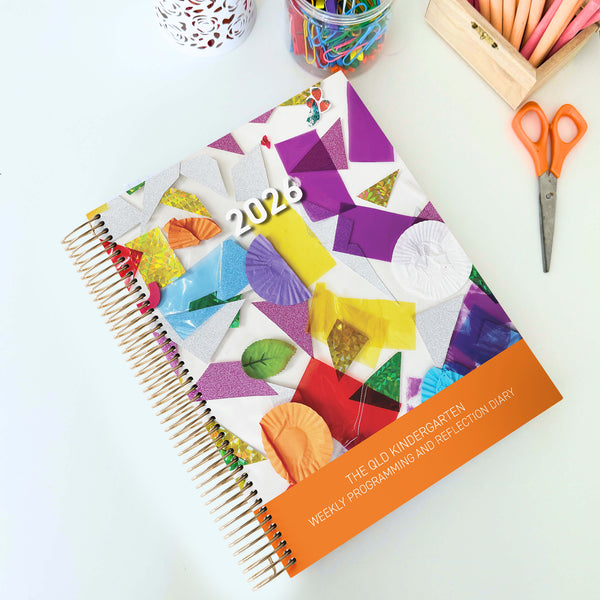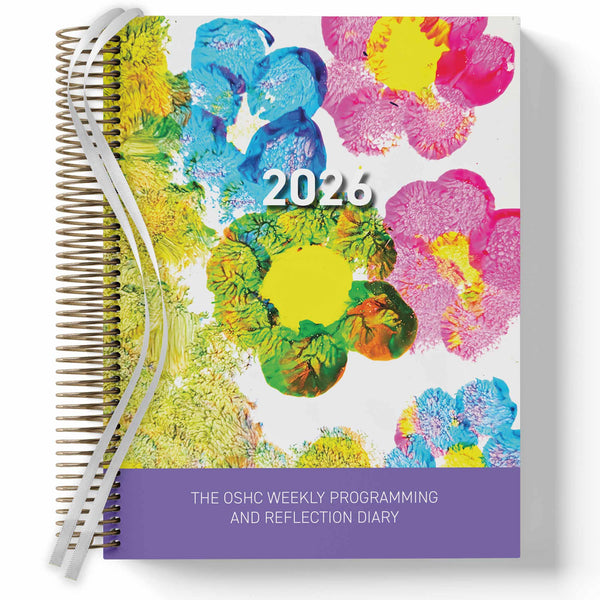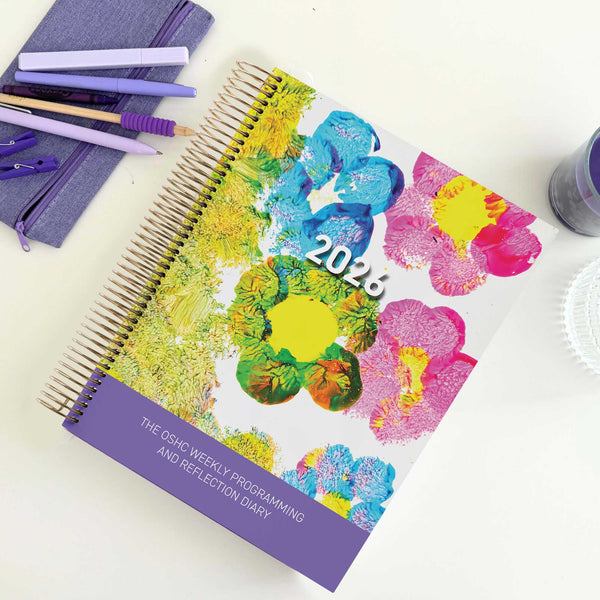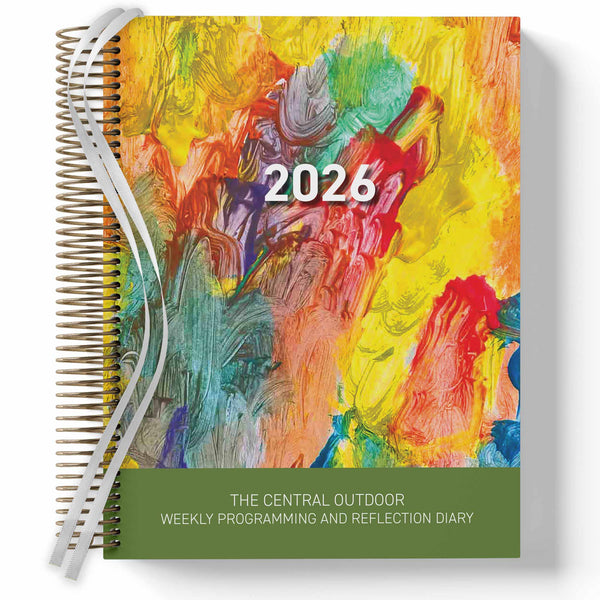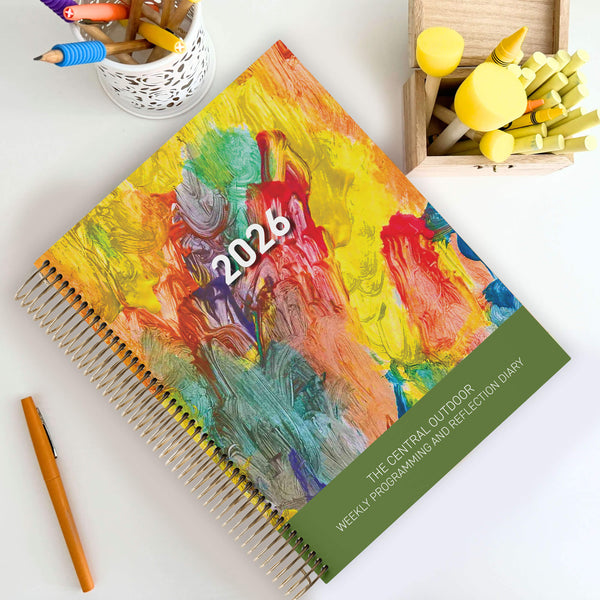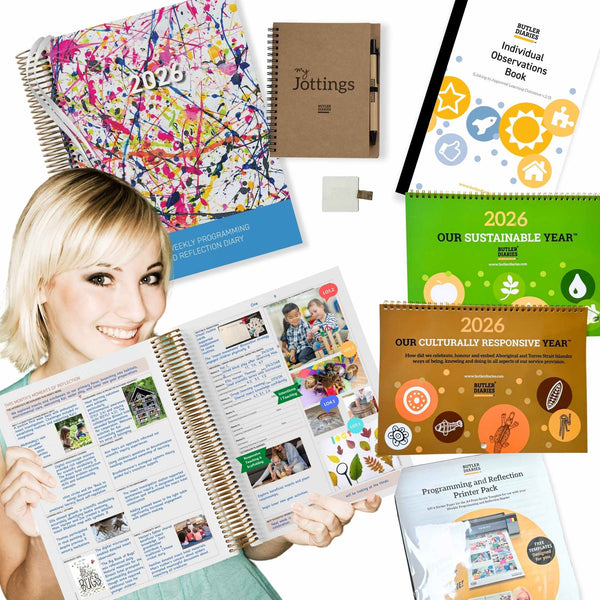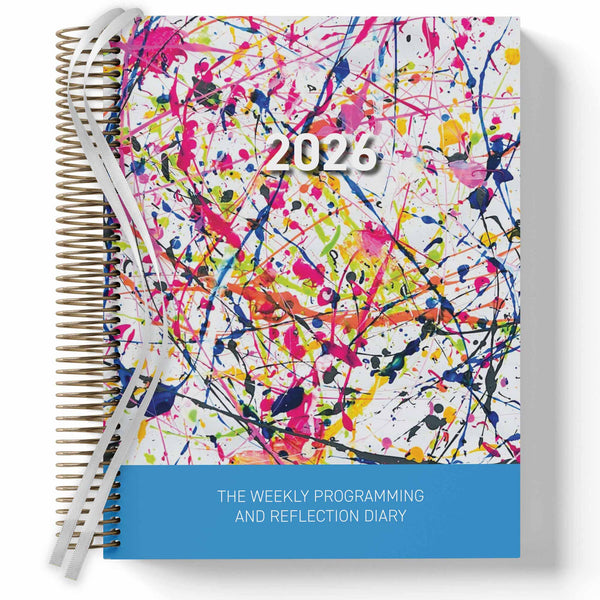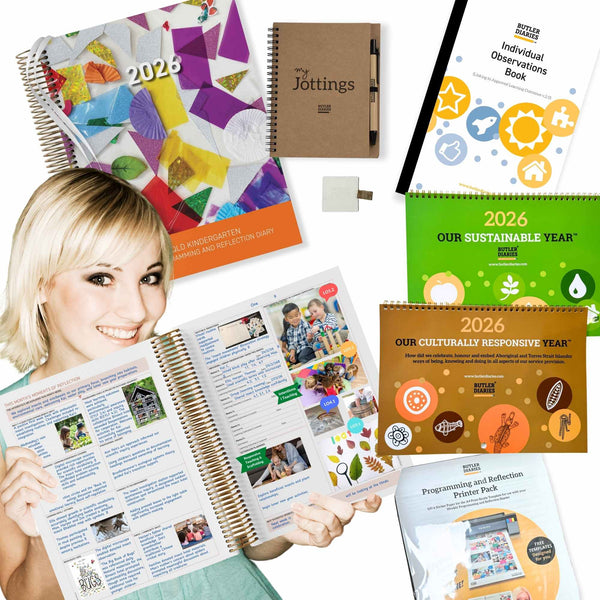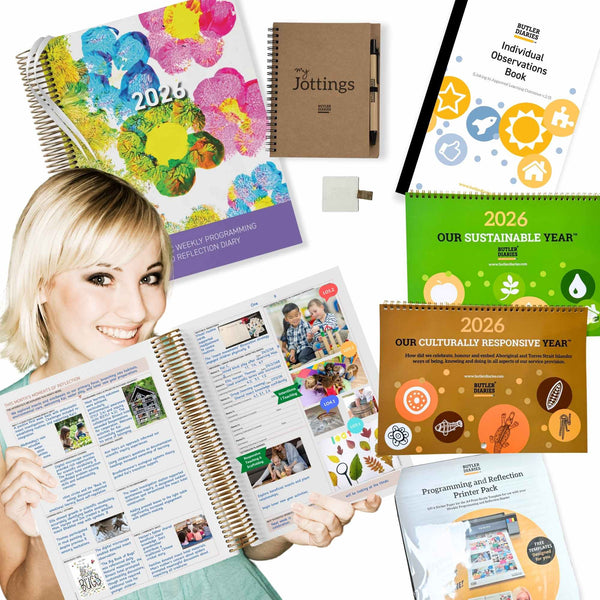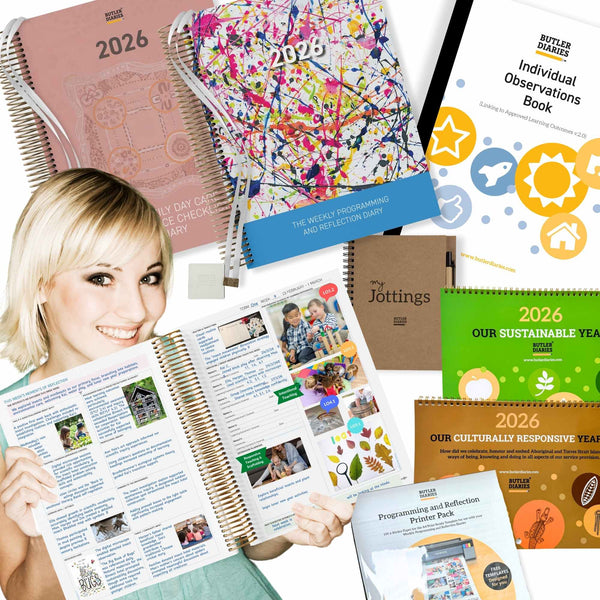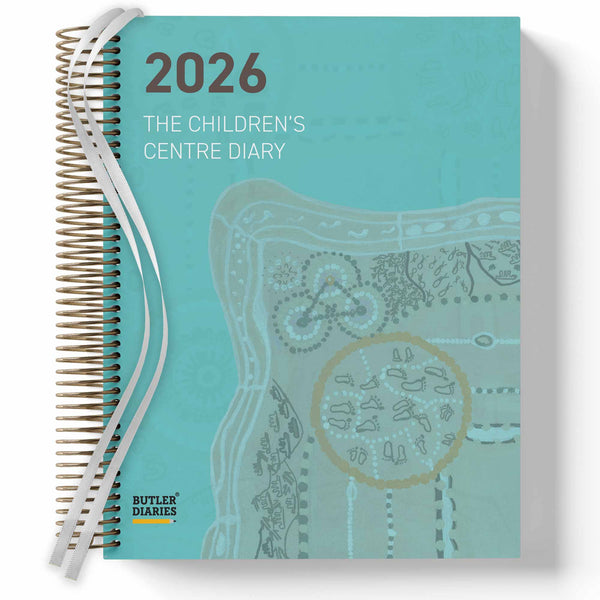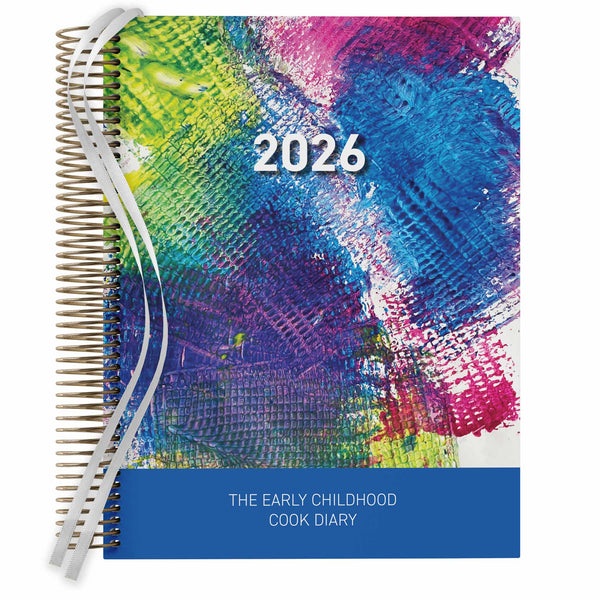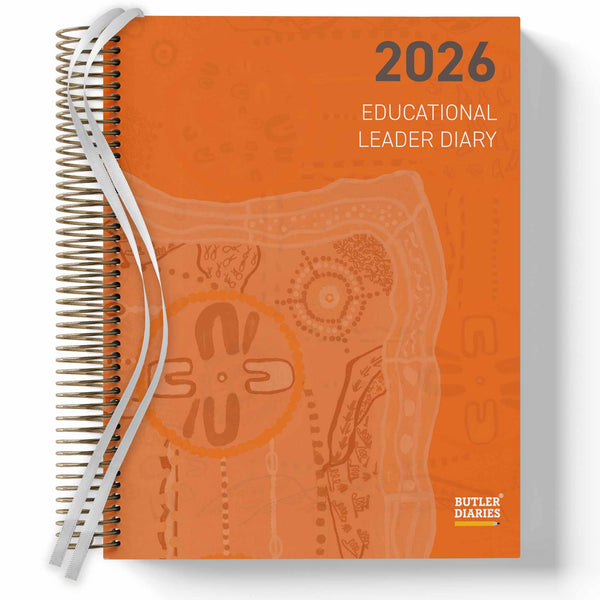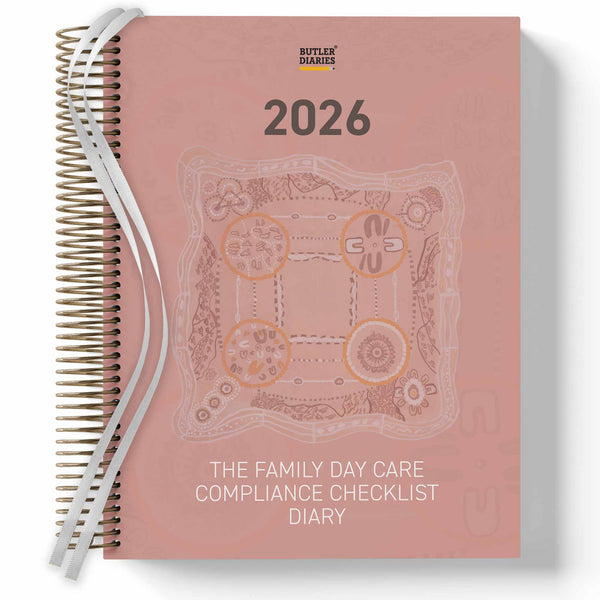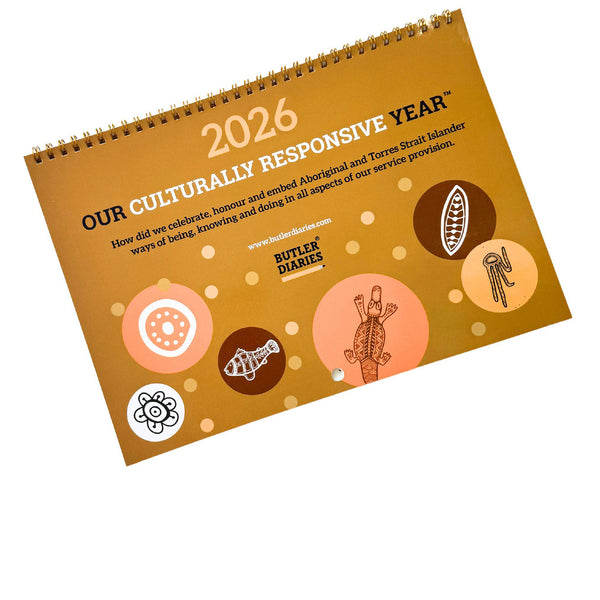The Butler Method is a streamlined approach to programming and reflection in Early Childhood Education and Care (ECEC), designed to bring clarity, efficiency, and compliance to the often complex planning cycle. It is a boxed method that values intentional teaching while embracing spontaneous learning moments, seamlessly aligning with the Early Years Learning Framework (EYLF) and other Learning Frameworks. By offering a structured yet flexible approach, the Butler Method supports educators in meeting the requirements of the National Quality Standards (NQS) while also incorporating the insights of key educational theorists.
What is the Butler Method of Programming and Reflection?
At its core, the Butler Method organises the programming and reflection process into simple, intuitive steps. The weekly format features:
-
A Boxed Programming Grid:
- Educators record planned and spontaneous experiences in dedicated boxes that help prompt and inspire.
- These experiences are then linked to relevant Learning Outcomes using checkboxes, ensuring intentional teaching aligns with the EYLF. Educators use highlighters, checked boxes, and coloured pens to show how the learning outcomes link to the program. You can find examples under our 'support' dropdown in our main menu and throughout our blog.
-
Integrated Reflection Prompts:
- Reflection spreads prompt educators to evaluate their program critically, focusing on what worked well, what could improve, and how children’s learning was extended or enriched.
- This layout of program followed by reflection spread creates a cycle of planning that is visible to Educators, Families and Assessors.
-
Clear Planning Cycles:
- Reflect on your program using the reflection spread and use your reflections to pre-plan some of the following week.
- You can make your cycle even more visible by using symbols, dates, and children’s initials.
This straightforward system empowers educators to document learning effectively, stay aligned with the EYLF and MTOP, and maintain consistency in their practice without the overwhelm of overcomplicated methods.
Check out our digital training on the Butler Method.

Choosing the Right Educator Programming Diary
We have four Educator Programming Diaries, all of which use the Butler Method of Programming and Reflection but differ in the age groups and Framework they are designed for.
- The Weekly Programming and Reflection Diary
- The Early Years Learning Framework (EYLF)
- LDC, FDC, Kindy/ Preschool
- 0-6 years old
- The OSHC Weekly Programming and Reflection Diary
- The My Time, Our Place Framework (MTOP)
- OSHC, OOSH, BASC
- School aged children
- The QLD Kindy Weekly Programming and Reflection Diary
- Queensland Kindergarten Learning Guidelines (QKLG)
- QLD Kindy
- 4-6 years old
- The Central Outdoor Weekly Programming and Reflection Diary
- The Early Years Learning Framework (EYLF)
- LDC, FDC, Kindy/ Preschool
- 0-6 years old
Each Framework, EYLF, MTOP and QKLG, have their own indoor programming Diary typically used per room. The Central Outdoor Weekly Programming and Reflection Diary uses EYLF and is designed to capture the outdoor programming for Long Day Care, Family Day Care and Kindy/Preschools. One Outdoor Diary is used per outdoor space rather than per room.
Linking the Butler Method to the Frameworks
The Butler Method is inherently designed to work in tandem with Australia’s Learning Frameworks as outlined above. They create direct links to the Frameworks with a checklist that runs along the side of the program spread.
By providing a checklist for each Learning Outcome, educators can ensure every experience, whether planned or spontaneous, supports the holistic development of children. The reflective process also encourages alignment with the Framework’s principles, including:
- Holistic approaches
- Learning through play
- Intentional teaching
- Cultural responsiveness

Alignment between the Butler Method and the National Quality Standards (NQS)
The NQS prioritises quality practice across seven key areas, many of which are directly addressed by the Butler Method:
-
QA1: Educational Program and Practice:
The Butler Method ensures that programs are child-centred, responsive, and reflect individual and group interests and needs. This is achieved through prompts, links to Frameworks and the cycle of planning that occurs from the programming and reflection cycle. -
QA3: Physical Environment:
The system’s focus on spontaneous experiences encourages educators to leverage their environments for emergent learning. In addition to capturing the physical environment and experiences, the reflection spread prompts reflection of the environment, resources used, and transitions. -
QA7: Governance and Leadership:
Its clear documentation process supports services in demonstrating a coherent planning cycle, which is essential for Assessment and Ratings. Our other Diaries also support Leaders in their roles, such as the Educational Leader Diary, which helps support Educators with their documentation.
The Butler Method’s emphasis on reflection is particularly relevant to QA1, as it prompts critical evaluation of teaching practices and fosters continuous improvement.

The Butler Method is Grounded in Educational Theory
The Butler Method is influenced by the foundational theories of learning and development, which underpin quality ECEC practice:
-
Lev Vygotsky (Social Constructivism):
The method’s focus on intentional teaching reflects Vygotsky’s emphasis on scaffolding and guided learning. Spontaneous experiences and group learning align with his recognition of learning through social interaction and play. -
John Dewey (Experiential Learning):
The reflective prompts and focus on linking past and future programs resonate with Dewey’s principle that learning is an iterative process, deeply rooted in experience. -
Reggio Emilia Approach:
The boxed programming format acknowledges the child as a capable learner, with spontaneous experiences and the ability to adapt and change reflecting their agency and curiosity. -
Bronfenbrenner’s Ecological Systems Theory:
By prompting educators to consider connections between experiences and broader contexts, the Butler Method supports holistic and inclusive education.
What does the Butler Method of Programming and Reflection look like?
In the following example, we are beginning with family input into the program. Anne's mum shared she showed a strong interest in helping cook dinners. We have included the family input and child's interest into the program by setting up a Cooking Area.
Note that we used the following key throughout to help make the Planning Cycle visible:
- FI - family input,
- EX - For an extension experience,
- The Date that relates to the previous experience or collaboration, and
- Anne to identify the child it relates to.


We are showing the Planning Cycle in this decision making process:
- Observe: We gathered data on Anne's family experiences and recorded it in the Family Input section in the Weekly Programming and Reflection Diary's reflection spread,
- Assess: We used our knowledge and understanding of the child's interests (cooking spaghetti) and the benefits of children transferring what they know from one context to another (ALFs) to assess this family input, and then,
- Plan: To add a Cooking Role Play area into the room that includes what Anne needs to explore her interest. We recorded this in the Weekly Programming and Reflection Diary under 'Extension Planning' and 'Next Suggested Ideas' to explore. The plan was also recorded on the day in our programming spread.
- Implement: We set up the environment on Monday as per our plan in the Weekly Programming and Reflection Diary's programming spread. Evidence of this will be visible in our Day Story and pictures can also be included in our Reflection Spread.
- Evaluate: We evaluated in our Observation which started the cycle again, recorded in the Individual Observation Book. See the below example for our how we continued the cycle with Assessments of Learning.
Here's how the cycle would continue
Documenting Observations (Observe)
The Cooking Area was a success and Anne's learning was visible. Anne's Individual Observation was recorded in the Individual Observation Book and was referenced in the Weekly Programming and Reflection Diary's 'Observations Taken This Week' record.

Interpreting learning (Assess)
In our Observation, we recorded the key assessments of Anne's learning and linked it to learning outcomes. We used our assessment to plan for further learning.
Getting it on paper (Plan)
We used our assessment to plan an extension experience to build on the learning data we gathered and recorded it to take place on the 3rd in our Weekly Programming and Reflection Diary's programming spread.

You'll see in our Reflection Spread our plan was intentionally created and we recorded our strategies for both the cooking environment and cooking experience under 'Changes to the Environment' and 'Intentional Teaching/Learning Experiences Covered.'

Putting it into action (Implement)
The experience was implemented and we chose to include a photo as a record in our Weekly Programming and Reflection Diary's reflection spread under 'Photographic Evidence of Learning Experiences'.
Getting critical (Evaluate)
Again, we chose to evaluate our plan in our Weekly Programming and Reflection Diary's reflection spread where we considered the success of the experience, what could have worked better and where to next, all recorded under the image in 'Photographic Evidence of Learning Experiences' and 'Routines & Transition Comments.'
Informing ongoing practice (Planning Cycle)
This is now informing our practice in the future as we plan to include weekly cooking experiences and create a Recipe Book that will encourage families to also be included. You would continue to document this in your Weekly Programming and Reflection Diary, Children's Portfolios, and Individual Observation Book.
The Benefits of the Butler Method of Programming and Reflection
- Ease of Use: The clear, boxed format allows educators to document and reflect without feeling overwhelmed. It is the perfect tool for new Educators through to Veterans.
- Framework-Driven: Built to align with Learning Frameworks and NQS requirements, it ensures compliance is embedded into everyday practice.
- Encourages Critical Reflection: Reflection prompts help educators continuously improve their programs, aligning with best practices and driving better outcomes for children.
- Promotes Transparency: The clear link between planning, observation, and reflection makes the planning cycle visible and understandable for families, staff, and assessors.

Tools to Support the Butler Method of Programming and Reflection
You can make your cycle of planning even more visible using the other programming tools that work in conjection with the Weekly Programming and Reflection Diaries:
- The Individual Observations Duplicate Book: This allows you to capture observations and longer learning stories, expanding on what you've captured in your program.
- EYLF/MTOP Link Highlighter Pen: Perfect for linking your learning outcomes to your program in a bright and colourful way.
- The Programming and Reflection Printer Pack: This Pack provides a print ready template and sticker paper to help you capture and include photo evidence into your Diary without the sticky fingers.
- Cultural and Sustainability Calendars: These Special Interest Calendars help capture key themes from Frameworks and NQS and are the perfect tool to capture children's voices and allow them to document their learning alongside you.
- My Amazing Year Portfolio: This Portfolio captures children's voices in short experiences that link with Frameworks. It captures their progress and is a fantastic child-centred approach to a Portfolio that is guaranteed to be a hit with children and families.
- Digital Courses and Training: We have a range of digital courses and training on the above programming tools, your Diary, and key areas of compliance like the Cycle of Planning, all these can be found in our Training Portal.

Summing up the Butler Method of Programming and Reflection
The Butler Method transforms the complexities of programming and reflection into a structured yet adaptable process. By linking intentional and spontaneous experiences with the Learning Frameworks and embedding reflective practice into the weekly cycle, it ensures educators meet the demands of modern ECEC while fostering high-quality learning environments. Grounded in educational theory and aligned with the NQS, it is a practical, efficient tool for any educator seeking to simplify and enhance their planning process.
